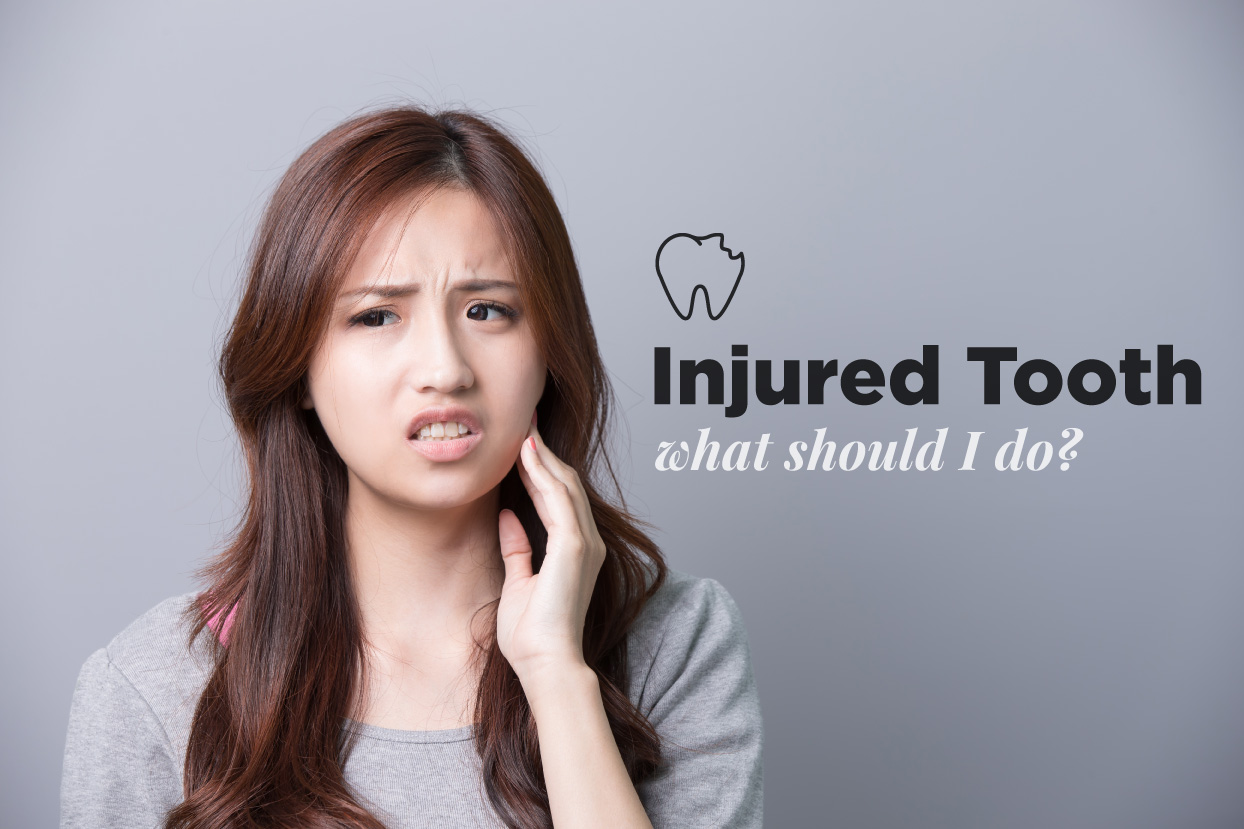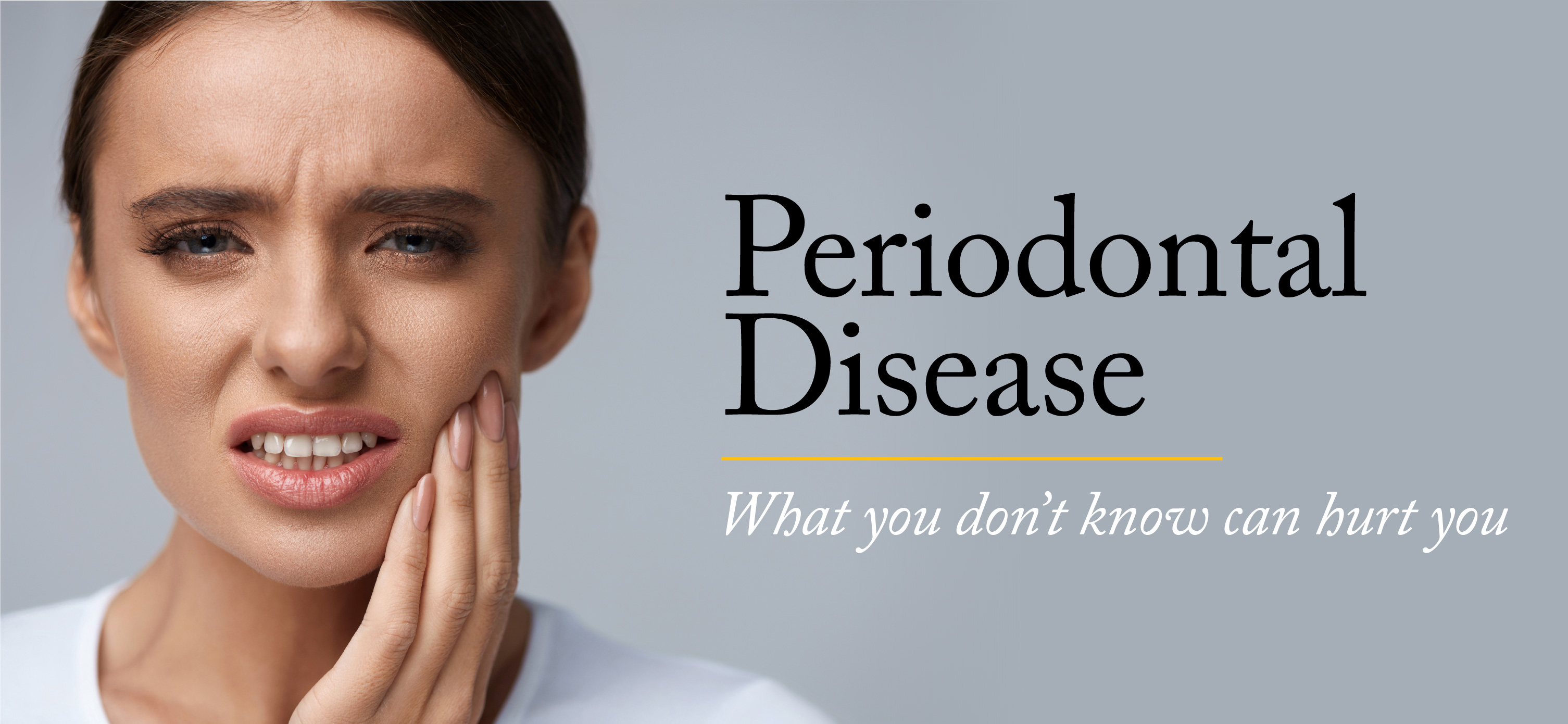
How Do I Know if I Need Treatment?
As with any trauma to the mouth, you should consult with your dentist immediately to determine if treatment is required. The dentist will examine the affected area and may take X-rays.If you are in pain from a broken, cracked or chipped tooth, you may want to take an over-the-counter pain reliever. If possible, keep any part of the tooth that has broken off and take this with you to the dentist. If a tooth is completely knocked out of the mouth by an injury, take the tooth to your dentist as soon as possible. It may be possible for your tooth to be placed back into your mouth, a procedure called reimplantation.
How Does a Dentist Treat a
- Chipped tooth —If there is no pain and the chip is small, it's up to you to decide if, when and how the tooth should be repaired. Depending on the size of the chip, it can be smoothed or cosmetically corrected. Other options include veneers, crowns and fillings. Ask your Puyallup dentist to explain these options. If a filling or artificial tooth becomes chipped, it should be replaced.
- Cracked or broken tooth —Cracked and broken teeth should be repaired as soon as possible to prevent further damage. Root canal therapy or tooth extraction may be necessary. If a crack affects the enamel and dentin of the tooth, a crown is frequently the best treatment. Keep in mind that cracks are not always visible, even on X-rays. Symptoms may involve pain while chewing and Sensitivity to cold and possibly hot foods and liquids, as well as air, which may over time become more pronounced.
- Tooth knocked out —The key to successfully reattaching a tooth is to get it reimplanted in the socket as soon as possible. With each minute that passes, more of the cells on the root of the tooth die. If possible, rinse the tooth with water only, then reimplant the tooth at the site and hurry to a dentist as quickly as possible. The tooth should be picked up by the crown only and must not be allowed to dry. The best chance for success is reimplantation within the first 30 minutes, with chances still good for up to two hours. It may be necessary for your dentist to do a Root canal treatment one to two weeks after the tooth has been stabilized.
- Permanently lost teeth, whether they've been removed by a dentist or accidentally knocked out, should be replaced. This is to avoid problems such as difficulty chewing and speaking, a shifting of position among remaining teeth, temporomandibular joint (TMJ) disorders caused by chewing on the side with more teeth, and a weakening of the jawbone. Options for replacing lost teeth include bridges, dentures and implants.
- Broken jaw —If you suspect you or someone else has a broken jaw, do not move it. The jaw should be secured in place with a handkerchief, necktie or towel tied around the jaw and over the top of the head. Cold compresses should be used to reduce swelling, if present. Go immediately to a hospital emergency room, or call your dentist.
- 3:29 PM
- 0 Comments

